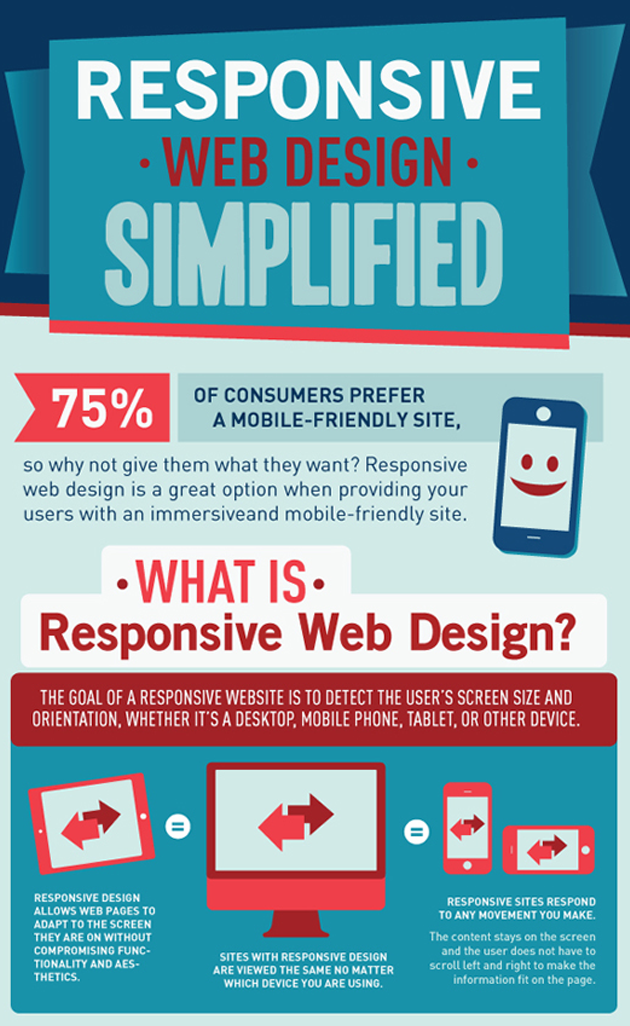Web Designs: Enhancing Customer Experience For Better Conversions
Web Designs: Enhancing Customer Experience For Better Conversions
Blog Article
Content Create By-Refsgaard Roberson
Have you ever saw a web site that took forever to lots, had a complicated navigation system, or didn't display effectively on your mobile phone? Possibilities are, you promptly abandoned that site and moved on to one that gave a far better user experience.
In today's competitive on-line landscape, it's essential for companies to focus on web design that improves user experience in order to drive much better conversions. In this conversation, we will explore the importance of receptive layout, the utilization of intuitive navigating, and the optimization of page tons rate to produce a seamless and engaging individual trip.
Stay tuned to uncover just how these components can significantly influence your website's success.
Importance of Responsive Design
Receptive style is important in today's electronic landscape for developing websites that adjust seamlessly to different screen dimensions and gadgets. When your web site is responsive, it instantly readjusts its format and web content to fit any type of tool, whether it's a smart device, tablet, or home computer. This is vital because increasingly more people are accessing the net via their smart phones.
If your internet site isn't responsive, it can result in a bad user experience. Customers might have to pinch and zoom to check out web content, switches might be also tiny to click, and pictures might not be enhanced for smaller sized screens. This can irritate individuals and bring about high bounce prices and reduced conversions.
Making Use Of User-friendly Navigating
When creating a responsive site, it is necessary to concentrate on making use of intuitive navigation for an enhanced individual experience.
service search engine optimization -friendly navigation describes organizing your website's menu and navigating components in a sensible and user-friendly method. By doing so, you make it less complicated for site visitors to locate what they're searching for and navigate through your site effortlessly.
Instinctive navigation helps in reducing complication and aggravation, inevitably leading to much better user engagement and boosted conversions.
To accomplish user-friendly navigating, consider utilizing clear and detailed labels for your menu products, executing a constant design throughout all web pages, and incorporating search performance for quick access to specific material. Additionally, it's crucial to prioritize vital web pages and information, guaranteeing they're plainly shown and conveniently available.
Optimizing Page Load Rate
To enhance customer experience, it's essential to maximize the page load rate of your site. Slow packing times can discourage individuals and result in higher bounce prices.
Luckily, there are a number of techniques you can apply to enhance your internet site's tons rate. To start with, think about minimizing Recommended Web page of your images by pressing them without compromising high quality.
In addition, optimize your code by decreasing unneeded manuscripts and CSS files. One more reliable technique is to leverage browser caching, which permits certain aspects of your web site to be saved in your area, decreasing tons times for returning visitors.
Furthermore, consider utilizing a content delivery network (CDN) to distribute your website's data across numerous web servers, boosting lots speed for users in different geographical locations.
Final thought
Finally, by utilizing responsive design, user-friendly navigation, and enhancing web page load speed, website design can substantially improve user experience and drive better conversions.
With an user-friendly user interface, simple navigating, and quick filling times, sites can record and retain the interest of individuals, leading to increased interaction and greater conversion rates.
So, don't postpone in applying these web design methods to guarantee a smooth and effective customer experience!
